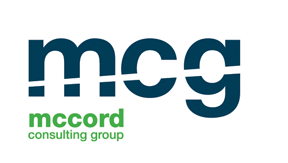My Board is Resisting DEI. What Can I Do as the CEO?

While facilitating a workshop, an attendee asked me what they should do if the CEO’s desire to embrace diversity, equity, and diversity does not match the Board’s willingness to implement DEI policies.
It is the responsibility of the Board to set the direction of the organization. Through strategic planning and visioning, the Board defines what the organization does, why it does it, and whom it serves. If your organization provides products and services to people who are historically excluded, it would make sense that understanding why historically excluded individuals need to access your products and services and how to provide products and services that respond to the needs of historically excluded individuals would be important. It also makes sense to include historically excluded individuals in the decision-making process to ensure the products and services you provide adequately respond to the needs of those consumers. If the board does not have an understanding of these basic concepts and how they intersect with consumers, one must question the organization’s effectiveness.
Now that we have an understanding of why the board should care about its consumers and service recipients as it relates to implementing DEI policies, we return to the original question. What should I do as a CEO or Executive Director if the board’s commitment to diversity, equity, and inclusion is nonexistent?
Connect the ROI to DEI
There is research that shows that diversity at all levels of an organization increases the revenue of the organization. Board directors must be accountable to their shareholders and their community. Diversity, equity, and inclusion policies increase the amount of money coming into the organization through sales and funding. Making a case that DEI results in a positive return on investment could be the evidence your board needs to begin to implement DEI policies.
Use the Tools in Your Toolbox
As a CEO or Executive Director, your job is to execute the direction of the board. Think creatively about how you can incorporate DEI practices in your work to execute the direction of the board.. If your board has directed the organization to revamp its marketing, make sure your marketing materials include representation of people with disabilities. If your board has directed the organization to look for new rates for its D&O insurance, contract with an LGBT insurance agent.
If your goal is to implement DEI policies in your organization, no matter the willingness of the board, you have tools that you can employ to make the case for DEI or to implement DEI policies within the purview of your position.
For more information on board governance and organizational diversity, follow along on Twitter or Instagram. Nikki McCord is the founder of McCord Consulting Group, the only choice for organizations looking to energize, innovate, and diversify their boards and organizations.
